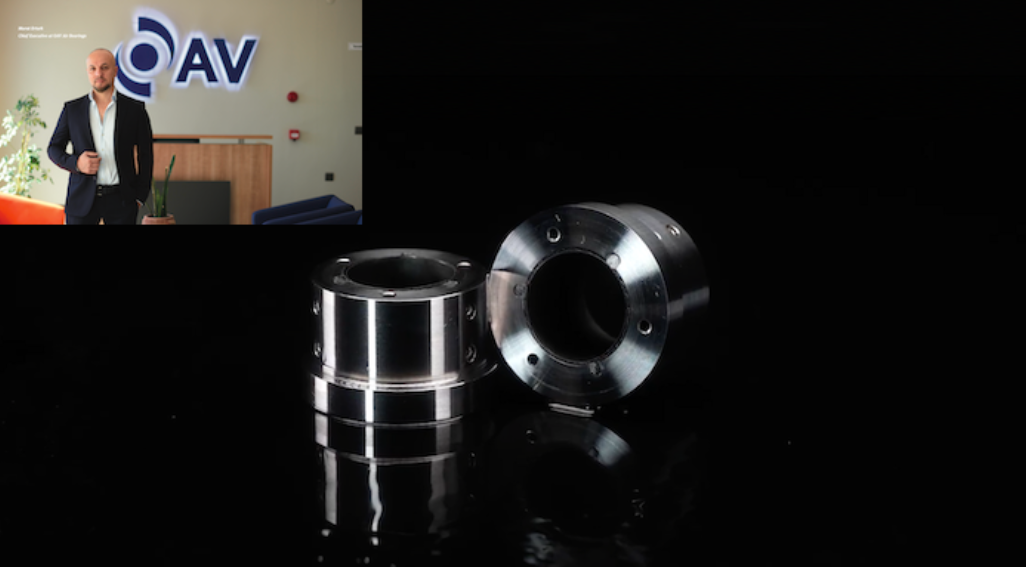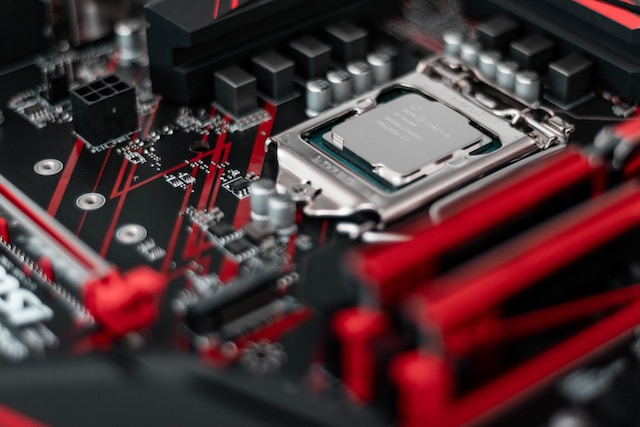As the world looks toward a future dominated by clean energy, it becomes increasingly clear that innovative technologies will play a pivotal role in reshaping industries. One such technology that has shown great potential in various sectors is air bearings. Specifically, OAV air bearings have risen as a key player in the landscape, setting new standards in precision and efficiency.
In this article, we will delve into the pivotal role air bearings play in advancing clean energy solutions.
What are Air Bearings?
At their core, air bearings are non-contact bearing systems that use a thin film of pressurized air to provide a virtually frictionless load-bearing interface between surfaces. As a result, they eliminate many of the issues associated with traditional bearings like wear, friction, and the need for lubricants. OAV air bearings, in particular, are known for their high precision and reliable performance across various applications.
The Evolution of Air Bearings
Air bearing technology has come a long way since its inception, with improvements in design, materials, and manufacturing processes. This evolution has allowed for greater precision and reliability. OAV air bearings, in particular, have taken a leading role in pushing the limits of what air bearings can achieve.
Advancements in air bearing technology have made them more affordable and accessible. These developments have directly benefited the clean energy sector. As air bearings become more sophisticated, their application in clean energy projects has expanded, including their use in next-generation wind turbines, solar panel manufacturing, and maglev trains.
The evolution of air bearings has opened new avenues in clean energy, enabling the development of more efficient and sustainable technologies. As the clean energy sector grows, we can expect to see even more innovative applications of air bearings.
Air Bearings in Clean Energy: Key Applications
Wind Turbines: As wind energy gains traction, there’s a pressing need for increased efficiency and reduced maintenance in turbine operations. Traditional bearings in wind turbines are prone to wear, need frequent maintenance, and might not always provide optimal efficiency. Air bearings, with their reduced friction and wear, can significantly improve the efficiency and longevity of wind turbines, thus maximizing energy output and reducing costs in the long run.
Magnetic Levitation (Maglev) Trains: Clean public transport is a crucial pillar of a sustainable future. Maglev trains, which hover above their tracks using magnetism, have emerged as a promising solution. The trains leverage OAV air bearings to achieve high speeds with minimal friction, thus reducing energy consumption and enhancing efficiency.
Solar Panel Manufacturing: Precision is crucial when manufacturing solar panels. Any imperfection or misalignment can drastically reduce the panel’s efficiency. Air bearings provide the necessary precision in equipment like wafer handlers, positioning systems, and other manufacturing processes. Their non-contact nature ensures that delicate materials are handled without damage, leading to higher quality solar panels.
Advantages of Air Bearings in Clean Energy Applications
Zero Friction: One of the standout features of air bearings is the elimination of friction. This results in smoother operations, reduced energy consumption, and prolonged equipment life.
No Need for Lubrication: Traditional bearings require lubricants which can be environmentally harmful and require regular maintenance. Air bearings operate without these, making them an environmentally friendly choice.
High Precision: OAV air bearings are renowned for their precision. In applications like solar panel manufacturing or in the functioning of maglev trains, this precision translates to enhanced efficiency and performance.
Longer Lifespan: With no wear and tear due to the absence of friction, air bearings boast an extended lifespan compared to their traditional counterparts. This reduces the need for replacements and lowers maintenance costs.
Integration of AI and IoT in Air Bearings
Another exciting development in the field of air bearings is the integration of AI (Artificial Intelligence) and IoT (Internet of Things) technologies. By incorporating these technologies into air bearing systems, it is possible to optimize their performance and extend their lifespan.
Smart technologies are being used to monitor the functioning of air bearings in real-time, predict maintenance needs, and make real-time adjustments to enhance their efficiency. These systems can detect any deviations from optimal performance and take corrective actions before any issues arise.
OAV air bearings have been at the forefront of integrating AI and IoT technologies into their products. This has resulted in air bearing systems that are not only more efficient but also more adaptable to the changing demands of clean energy projects.
The combination of AI and IoT technologies with air bearings is paving the way for smarter and more efficient clean energy solutions. As these technologies continue to advance, we can expect to see even greater synergies between air bearings and the clean energy sector.
Challenges and Considerations
While air bearings present numerous advantages, there are challenges to consider:
Complexity in Design: Integrating air bearings into existing systems can be complex. It requires specialized knowledge and sometimes an overhaul of the existing design.
Initial Costs: While long-term benefits like reduced maintenance and increased efficiency can offset the costs, the initial investment in air bearing technology can be high.
Dependency on Air Supply: For air bearings to function, a consistent and clean air supply is essential. This can sometimes limit their application in environments where such a supply is hard to guarantee.
The Future: A Confluence of Air Bearings and Clean Energy
As the global community pushes towards a cleaner future, technologies like air bearings will be at the forefront of this revolution. Companies like OAV, with their advanced OAV air bearings, will likely be central players in this transition.
Moreover, as research progresses and the technology matures, we can expect even broader applications of air bearings in the clean energy sector. From enhancing the efficiency of tidal energy converters to playing roles in energy storage systems, the possibilities are vast.
Conclusion
The nexus between air bearings and clean energy is evident. As we tread on the path of sustainable development, it’s technologies like these that will define the trajectory of our progress. OAV air bearings, with their advanced features, are set to be game-changers in this domain. Investing in and promoting such innovations will not only further the cause of clean energy but also shape a brighter, greener future for all.







